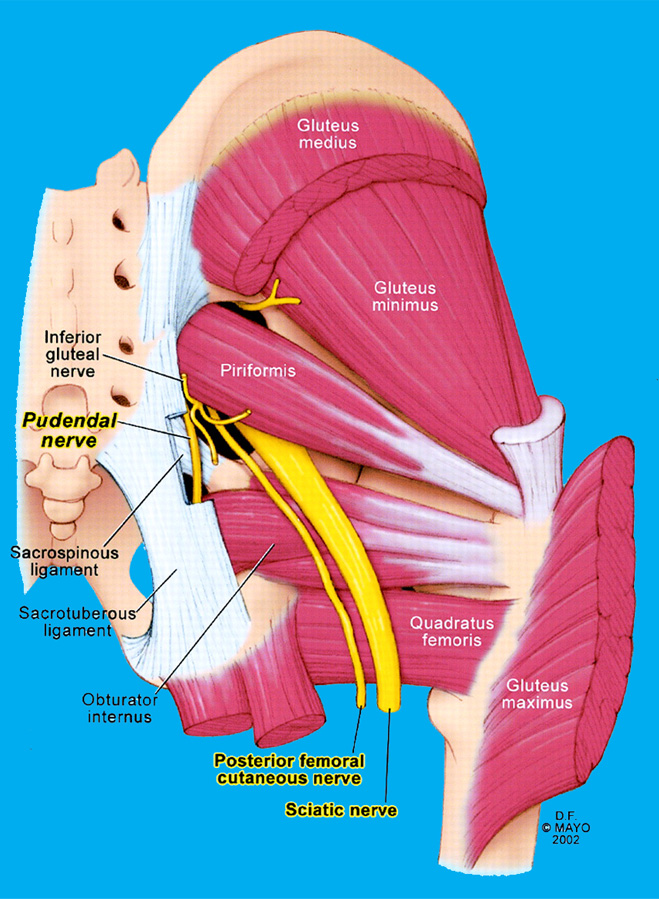Bird dog exercise
Table of Contents
What is bird dog exercise:
- The bird dog exercise is a simple bodyweight exercise that strengthens the core—mainly, the abdominal muscles, lower back, butt, and thighs.
- It is called a bird dog exercise because “The pose is thought to be named after the pointing position of hunting dogs, who stand lengthened with a front leg up and a back leg extended behind,”.
- The pose is known as “dandayamana bharmanasa” a yoga pose.
- Since bird dog exercise requires no equipment other than a mat, it can easily be done in almost any core strength training routine.
- This exercise is suitable for people of all types, including older adults, and it can be used to prevent injury, align your spine, and recover from low back pain.
- As a low-impact workout, it’s considered safe for people recovering from injuries, though modifications may be needed for some cases; those are provided along with variations.
- Both athletic trainers and physiotherapists use the bird dog exercise with their clients.
Targeted Muscles:
- This exercise chiefly works the erector spinae, rectus abdominis, and glutes.
- Two abdominal muscles are mainly challenged by bird dog exercises: the rectus abdominis and the obliques.
- The bird dog exercise also involves the gluteus maximus muscle of the buttocks (when raising the leg) and the trapezius muscles of the upper back and deltoids of the shoulder (when raising the arm).
- Other muscles get involved in stabilizing the motion. These include:3
- The hamstrings muscles at the back area of the thigh
- The other gluteal muscles (medius and minimus)
- The piriformis muscle and obturator externus muscle
- The pectoralis major and serratus muscles of the chest
- The triceps of the upper arm
Health benefits of doing bird dog exercise:
The followings are some health benefits of doing bird dog exercise:
- Improves stability
- strengthen your core, hips, and back muscles
- promote proper posture
- increase range of motion.
- Better Balance and Coordination
- Potential Injury Prevention
- It may reduce low back pain
- It is considered a safe exercise during recovery from a back injury
- It is best for building low back function, as it engages both the core and back muscles at the same time.
How to do bird dog exercise correctly:
- To start, set up in an area large enough to extend your arms and legs straight outward at the same time.
- Place a yoga mat, or another supportive flat mat, on the floor.
- Start on all your fours in the tabletop position.
- Place your knees beneath your hips and your hands under your shoulders.
- Maintain a neutral spine by engaging your core muscles.
- Draw your shoulder blades together.
- Raise your right arm and left leg, keeping your shoulders and hips parallel to the ground.
- Lengthen the back of your neck and tuck your chin into your chest to look down at the ground.
- Hold this position for some seconds, then lower back down to the starting position.
- Perform the move with your two other limbs left arm and right leg.
- Hold it while extended for a few seconds just like you did on the other side.
- Return to the starting position. This is 1 round.
- Do 3 to 5 sets of 8 to 10 repetitions.
Bird dog exercise video:
Proper technique and alignment tips:
- Keep your hips level. Don’t rotate your pelvis.
- Avoid raising your leg too high or allowing your spine to curve past its natural position.
- Keep your spine straight and engage your core to prevent your back from sagging.
- Don’t allow your chest to sink down toward the floor.
- Pull your shoulder blades back, down, and away from your ears.
- Keep the back of your neck in line with your spine.
- Move slowly and with control.
- Maintain smooth and even breathing.
Other variations of bird dog exercise:
- Weighted bird dog
- Resistance Band Bird Dog
- Head to knee bird dog
- Bird Dog on a Bench
- Bird Dog on an Exercise Ball
- Bird Dog From Push-Up Position
- Single-Side Bird Dog
- Elbow-to-Knee Bird Dog
- Isometric Bird Dog
- Standing bird dog
- Basic elevated bird dog
- Classic elevated bird dog
Weighted bird dog:
- Draw your elbow to your knee after each extension.
- Rotate your upper body each time you extend your arm and leg.
- To loosen your joints, turn your extended wrist and ankle.
- Use free weights for increased resistance.
- Use a resistance band(Theraband) around your foot or hand.
- Place your extended arm and leg. Then perform a small circular motion in both directions.

Resistance Band Bird Dog:
- Get into a tabletop position on all fours.
- Hook a light looped resistance band(Theraband) around your left hand and right foot.
- Make sure it is secured.
- Extend your left hand and right leg while keeping your back straight.
- Slowly get back to the beginning position and repeat.
Head to knee bird dog:
In all tabletop positions, lift the opposite leg with the opposite arm up parallel to your torso. Then curve your spine to bring your head as close to your knee.
Make that two touches if possible.
Bring back to starting position and repeat for another side.
Bird Dog on a Bench:
You can use a weightlifting bench to add more challenges.
Kneel on the bench with your feet hanging free off its end, eliminating your lower leg’s contribution to your balance.
Perform basic bird dog exercises on the bench.
Bird Dog on an Exercise Ball:
- Place an exercise ball under your hips to do the bird dog exercise.
- You won’t be able to get your knees on the floor, so you are balancing on the toes of your foot instead, which creates even more of a stability challenge.

Bird Dog From Push-Up Position:
- Rather than having your knees on the floor, get into a push-up position and balance on the toes of your feet and your hands.
- This variation is similar to doing bird dogs on an exercise ball but even more challenging than it.

Single-Side Bird Dog:
- This is an advanced variation of bird dog which you should only do if you have mastered the basic exercise.
- To perform it, you extend the arm and leg on the same side of the body at the same time.
Elbow-to-Knee Bird Dog:
- Begin by getting down on all fours(tabletop position) with your arms shoulder-width apart.
- Put your hands in a position directly under your shoulders and your knees under your hips.
- Involve your core muscles and extend your left hand and right leg at the same time.
- Drag your elbow in to touch your right knee.
- Finish repetition on one side before doing the other.
Isometric Bird Dog:
- Get on the floor on all fours with your hands under your shoulders and knees under your hips.
- Press your hands into the ground.
- Make sure you have a straight spine.
- Extend your left hand and right leg to the walkout position. Hold for anywhere between 20 and 30 seconds. Repeat on the other side.
Standing bird dog:
- Stand straight with your feet together.
- Transfer your weight to one leg while slowly sliding your other leg to the back.
- Now start twisting your torso towards a parallel to the ground position, while taking your leg up and raising your opposite arm to extend the line formed by your body.
- Gently bring back to an original standing position and repeat the standing bird dog for the other side.

Basic elevated bird dog:
- In all your fours position, take your knees wider than your hips.
- Then engage your abdominal muscles to raise your knees off the ground, keeping them bent.
- Now slide one leg to the back.
- Bring back to starting position and repeat for another side.
Classic elevated bird dog:
- In all your fours position, take your knees wider than your hips.
- Then engage your abdominal muscles to lift your knees off the ground, keeping them bent.
- Find your balance.
- Then raise the opposite leg with the opposite arm up.
- Bring back to starting position and repeat for another side.
Safety and Precautions:
- You should not do the bird dog if you have shoulder pain.6 If you have had a back injury, check with a healthcare professional or physical therapist about when this exercise might be beneficial.
- Stop immediately if you feel any pain during exercise
When not to perform bird dog exercise:
- If your physician advised you to take rest
- If you feel any pain during performing any of the exercises
- Any recent surgery
- Any recent injury
FAQ:
Bird dog exercise is a bodyweight exercise that works the muscles related to core stability.
It’s good exercise for building low back stability, as it engages both the core and back muscles at the same time. Doing this exercise targets your multifidus and erector spinae muscles.
For bird dog exercise, start by performing 2–3 sets of 6–10 repetitions on each side. Choose your sets and repetitions based on your ability to maintain good technique during all sets and repetitions
The bird dog exercise is an anti-extension and anti-rotation exercise that imitates the pattern of crawling, walking, or running, which involves opposite arm and leg movement from a stabilized core.
Hold this position for 2 to 5 minutes. you can also increase the duration in progression.







One Comment